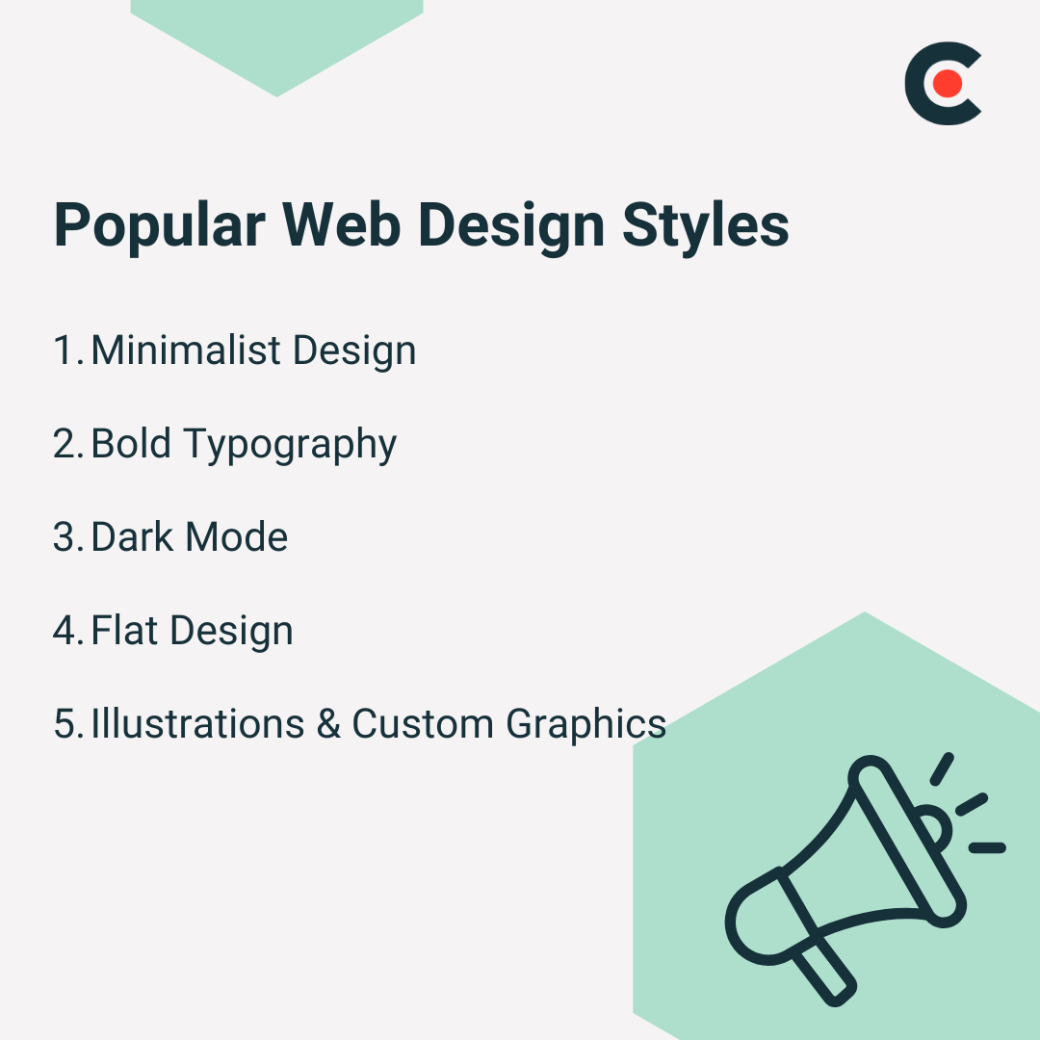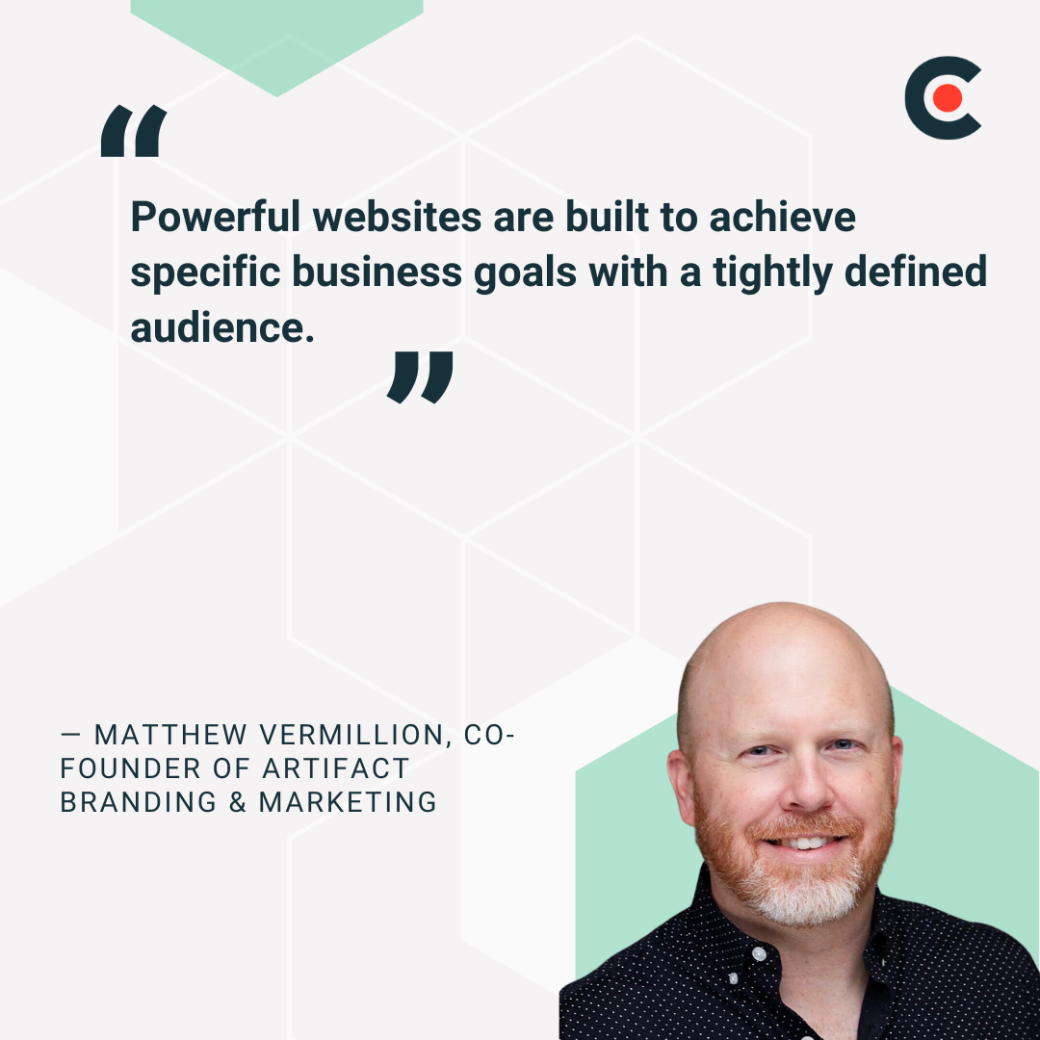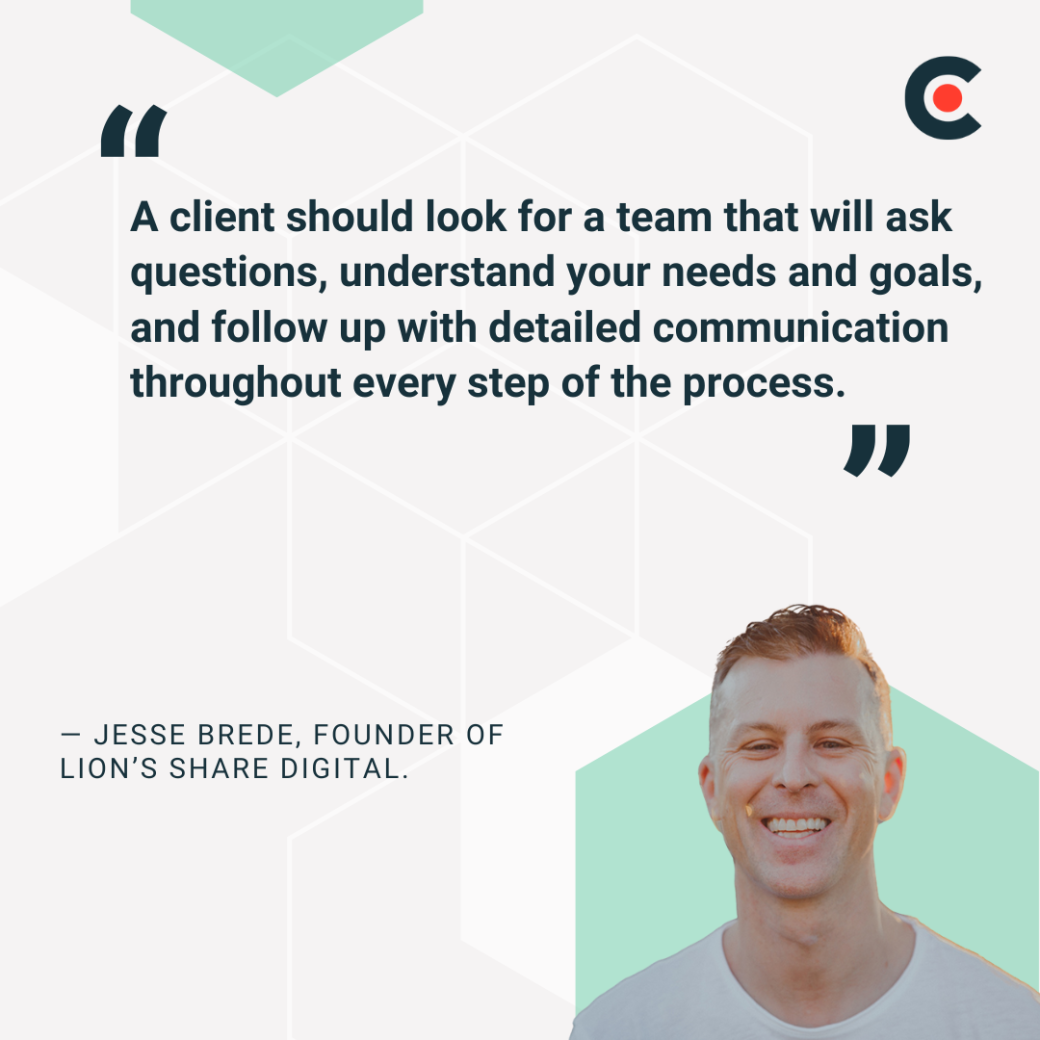

Updated December 18, 2025
Creating a successful website goes beyond just aesthetics—it requires thoughtful planning and strategic design. In this article, we’ll explore seven essential considerations to keep in mind when designing your website, from user experience to mobile optimization. Use this checklist to ensure your site is functional, engaging, and ready for success.
First impressions matter. A well-designed website can serve that purpose and many others, including:
If your website isn't accomplishing those things, it may be time to overhaul your brand’s online presence. If a website redesign is in your business’s future but you’re not sure where to start, a web design checklist can help get — and keep — your team on track. Along with planning out your website design, you will also need to consider the type of web design partner.
Looking for a Web Design agency?
Compare our list of top Web Design companies near you
After analyzing the reviews of 79,589 web design companies, we found specific trends regarding working with web design teams. The idea of running a “well-organized project” was mentioned over 8,500 times.
Some of the top trends include:
More importantly, these verified companies exhibit the right open communication and creativity to bring projects to the forefront.
This guide explores several popular website design styles and their defining characteristics, providing a handy web design checklist of things to consider when designing your company’s website.
There are many options for web design styles; you can even combine two or more styles within your website design for the largest impact. Below are a few of the most popular web design styles that can be incorporated into your new or revamped website.

A minimalist website design prioritizes simplicity and functionality. It uses only essential elements to construct a clean and uncluttered user interface.
Some of these elements include:
Adhering to the “less is more” principle removes unnecessary distractions and focuses users’ attention on the site’s most important content. These simple design principles can also enhance your site’s accessibility for users with disabilities, and fewer elements on the page allow it to load more rapidly.
This style incorporates large, dark, heavy text to draw the user’s attention to important information. Bold typography can be used in headlines, subheadings, and calls to action (CTAs). Bold fonts make a powerful first impression and can contribute to a visual hierarchy within your design layout. They’re also easy to read, even on small device screens.
You can combine bold typography with minimalist design to pack even more punch.
You’re probably already familiar with dark mode as a visual design style. Most modern web browsers offer a dark mode/light mode toggle feature. There are several reasons to consider designing your website in dark mode.
However, it's important to remember that there is no single consensus on whether dark mode is necessary, preferable, or better as an option rather than an exclusive choice.
A form of minimalism, flat design uses simple, two-dimensional shapes and bright colors to make websites quick to load and easy to navigate. Some of this style’s characteristics include:
More of an element than a style, illustrations and custom graphics are visual components that can be hand-drawn or digitally produced. These components can tell a story, simplify complex ideas, convey a message, represent a concept, or bolster your unique brand identity. Custom-created graphics and illustrations can have a significant impact and tie your brand’s messaging together.
Designing a website involves more than choosing a design style and aesthetic. This helpful web design checklist can help you create a site that meets your business goals and provides a great user experience (UX).
Before kicking off your web design project, identify your target audience. A B2B website looks and functions differently than a direct-to-consumer (DTC) site.
Matthew Vermillion, Co-Founder of Artifact Branding & Marketing, knows the importance of an audience.

Ask yourself:
Conduct research through surveys, analytics, and industry trends to refine your understanding of your audience. Conceiving customer personas can help you make design choices that resonate with your users.
You should also define your primary goals. Do you want to:
A clear purpose will help guide design decisions. Aligning website goals with broader business objectives establishes congruity between branding and messaging.
Consistency in design elements like fonts, colors, spacing, and imagery creates a smooth, professional look. A site with too many styles can look disorganized, confuse users, and dilute your brand identity. Work with your marketing department to draft a brand style guide to maintain consistency across web pages and all marketing materials.
Vermillion believes that a website is a “company’s most valuable public-facing digital asset.” When planning a website design project, it is key to evolve while staying consistent.
A cohesive design earns recognition and trust. Maintaining a unified color palette and image style across all digital platforms reinforces your brand identity and makes it easily identifiable. Typography and image usage rules can keep your website looking polished and make navigation more intuitive.
Determine your website’s must-have features early in the design process. Common elements include:
When your chosen elements have top priority, you can incorporate them early into the design without hampering development.
Courtney Bensinger, Co-Founder & CEO of Cooth, believes that it’s important to be methodical about web design approaches.
She says to consider: “Brand, Functionality, Design & Features, SEO, and Scalability & Future Needs,” when planning out a web design project.
Also, consider UX elements like intuitive navigation, mobile responsiveness, and accessibility. Every feature should serve a purpose and enhance the site’s usability rather than clutter the interface. Discussing these needs with developers, designers, and stakeholders early in the design process prevents costly, time-consuming revisions later.
View more detailed insights into the field of web design with our downloadable checklist.
If you're unsure where to start regarding your web design project, use our downloadable checklist!
There is no website — and no user engagement — without content. Here are a few content-related tips:
When developing a content or web design strategy, Bensinger recommends getting inspiration from outside elements (not other websites). Look to nature, new experiences, and put yourself in different environments to allow for out-of-the box thinking.

“While that won’t teach you new tech, it will help you create trends versus following them,” said Bensinger.
Updating your website content regularly keeps your site engaging, informative, relevant, and valuable to visitors.
Additional Reading: ‘How to Create a Budget for a Website Redesign [with Template]’
Site speed influences bounce rates and engagement. Slow-loading pages drive visitors away; studies show that users abandon sites that take more than a few seconds to load. Speed matters for both UX and search rankings.
What can you do to enhance your site’s speed and performance?
These methods can significantly improve load times and provide a smoother browsing experience. This directly impacts conversions and search rankings. A fast, responsive site keeps visitors engaged, reduces bounce rates, and signals credibility to search engines.
A website is unlikely to succeed if it’s invisible to search engines. An SEO-friendly site attracts more organic traffic. Use proper heading structures, alt text for images, fast-loading pages, and responsive design to improve your SEO rankings. Internal linking and metadata optimization also play a role in search visibility.
Another trend that appeared within reviews for web design partners was the idea of them “specializing in SEO” and “specializing in web development,” which shows the importance of working with a web design team that is well-versed in a variety of specialties.
A well-structured website with straightforward navigation improves crawlability and helps search engines index your content. Using schema markup (also known as structured data) and descriptive URLs can also help search engines understand your site’s content.
A professional web designer does the heavy lifting by creating a functional, visually appealing, SEO-friendly website with the best possible UX. An experienced designer also keeps up with the latest web design trends and best practices, so your website won’t look outdated soon after launch.
“The number one thing a client should look for in a partner is curiosity,” said Bensinger. “If they’re not digging into your business, industry, goals, and preferences, they’re going to need a lot more direction than a partner that’s proactive.”
When choosing a designer, consider their portfolio, client reviews, and technical expertise.
“A client should look for a team that will ask questions, understand your needs and goals, and follow up with detailed communication throughout every step of the process,” said Jesse Brede, Founder of Lion’s Share Digital.

Look for someone who understands both aesthetics and functionality. The best designers collaborate with businesses to devise customized solutions. A skilled web designer can also integrate essential elements like analytics, security features, and scalability options to future-proof your website.
Clutch connects businesses with service providers, but we don’t simply take reviewers at their word. We screen every review for legitimacy using information provided by reviewers and thorough research. Our screening process can include identity checks, work history confirmation, and direct communication with reviewers.
The top-reviewed web design companies on Clutch consistently receive positive reviews due to their commitment to quality and client satisfaction. These companies stand out by:
Unlike generic review sites, our vetting process adds an extra layer of reliability. Verified reviews allow you to make educated decisions when choosing a B2B service provider.
A strong website begins with careful planning. From defining your goals to launching your site redesign, our web design checklist will help your team stay on track.
But the work doesn’t end when the site goes live. Regular updates, performance monitoring, and ongoing content refreshes keep it relevant and practical. A well-maintained website is an asset that will continue to serve your brand long after launch.
Beyond aesthetics, a website’s success depends on continuous iteration and refinement. You should track site analytics to identify areas for improvement and make necessary adjustments.


